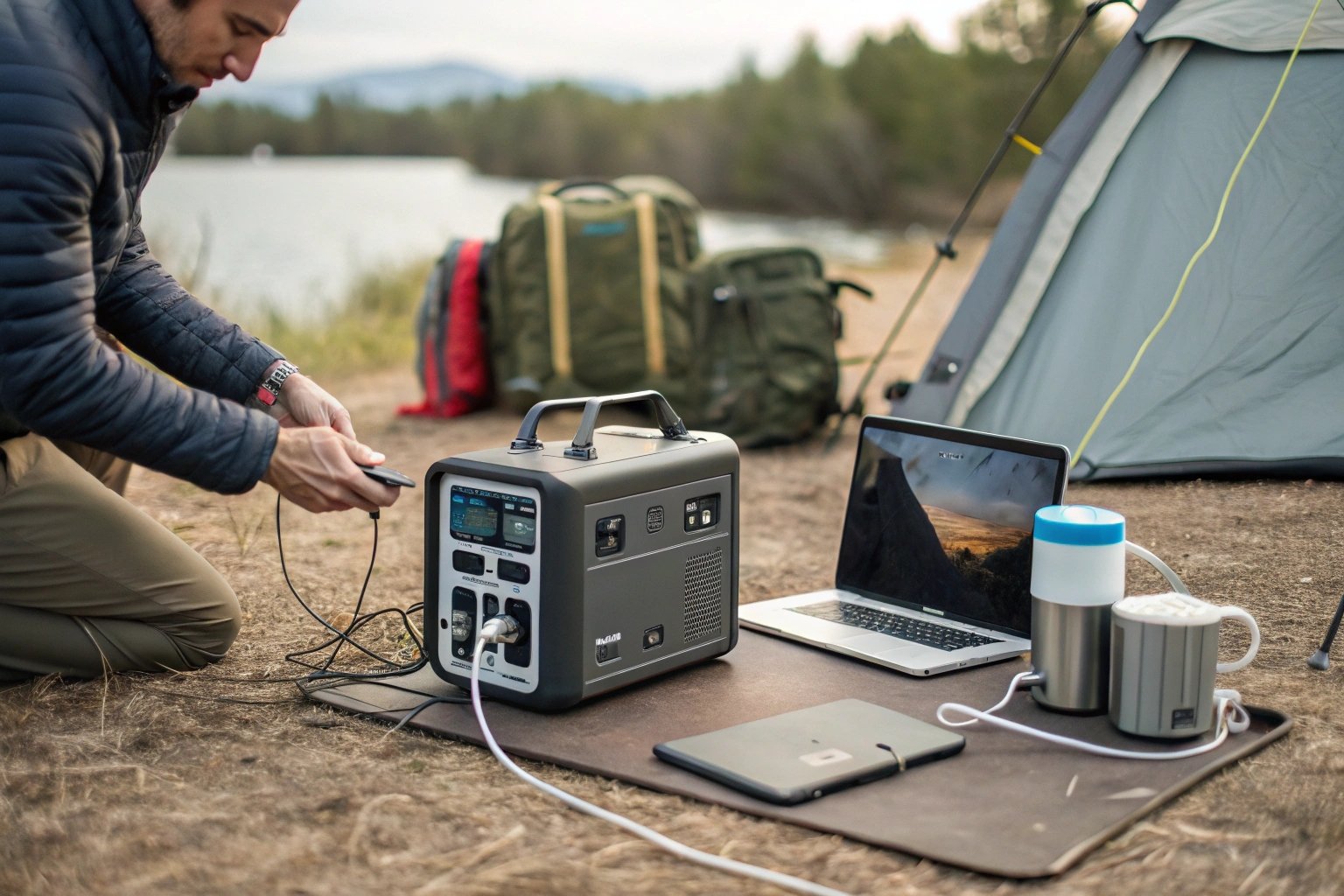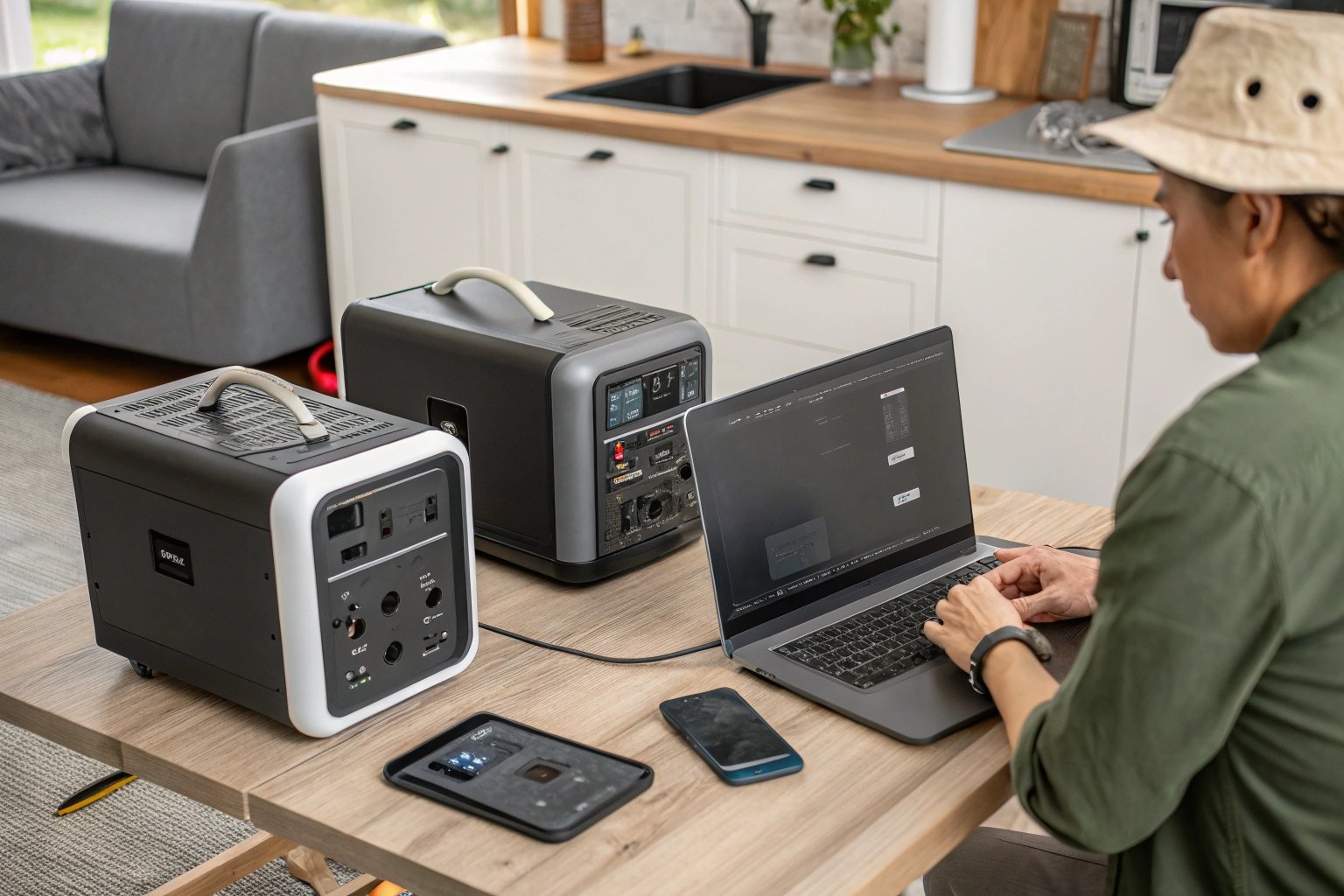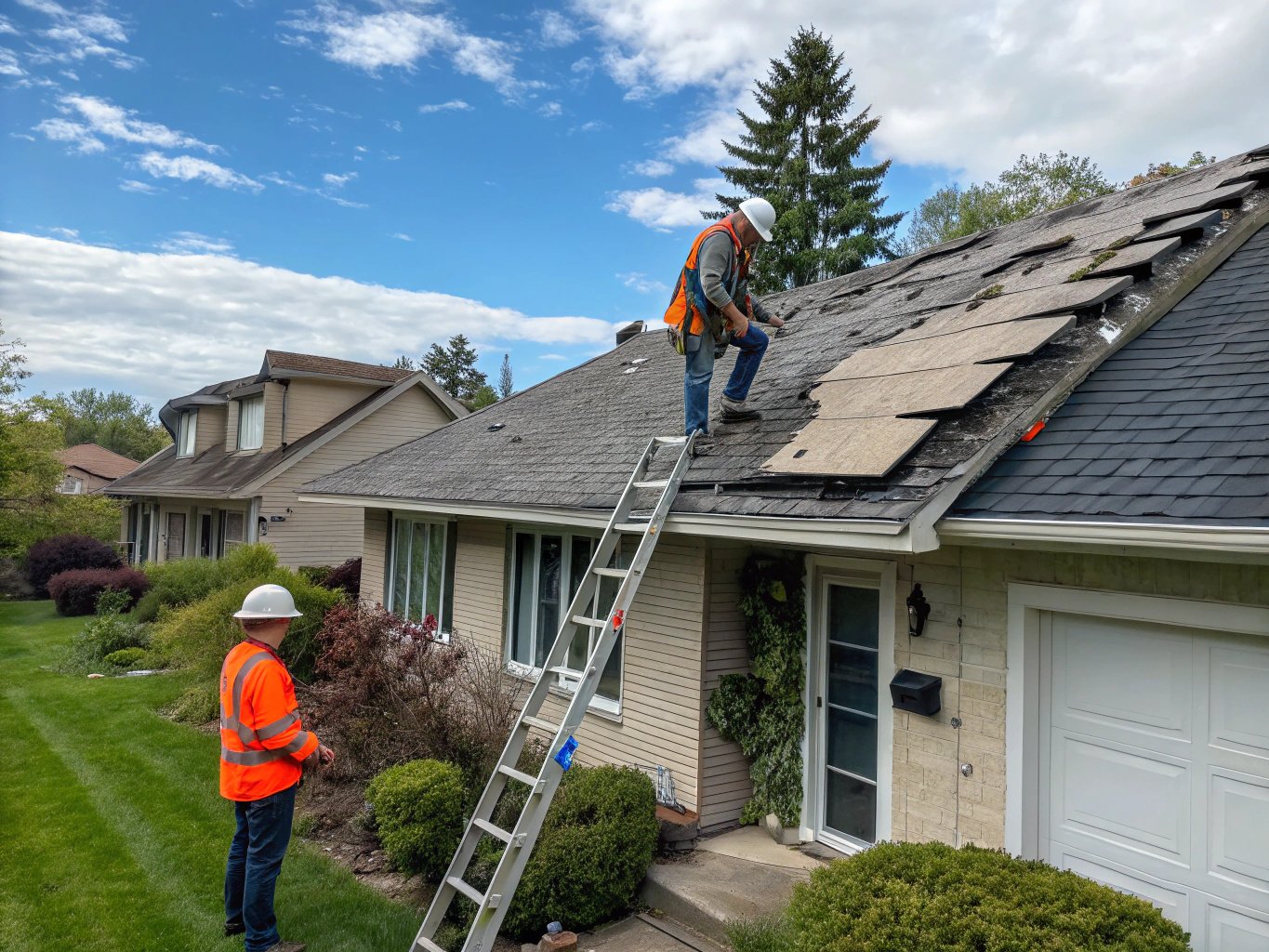
Replacing your roof before installing solar panels can save you money and hassle in the long run. Learn when it's necessary and when it might be unnecessary.
If your roof is aging or has sustained damage, it may be wise to consider replacing it before installing solar panels. An old or compromised roof can significantly impact the efficiency and longevity of your solar system. Installing panels on a roof that needs repairs or replacement can lead to higher costs and potential disruptions down the road. Additionally, the weight of solar panels and their installation process could further stress an already weakened roof. By addressing roof issues beforehand, you ensure a solid foundation for your solar investment, reducing the risk of costly repairs in the future and maximizing the performance of your new system. Let's explore why this step is crucial and how to determine the best course of action for your home.
✔
Installing solar panels on an old roof can cause problems, as the roof may need repairs or replacement soon, leading to additional costs for removing and reinstalling the panels.
✖
If you replace your roof before installing solar panels, you ensure the roof is in good condition for the entire lifespan of your panels, which is typically 25-30 years.
Why Roof Condition Matters Before Installing Solar Panels?
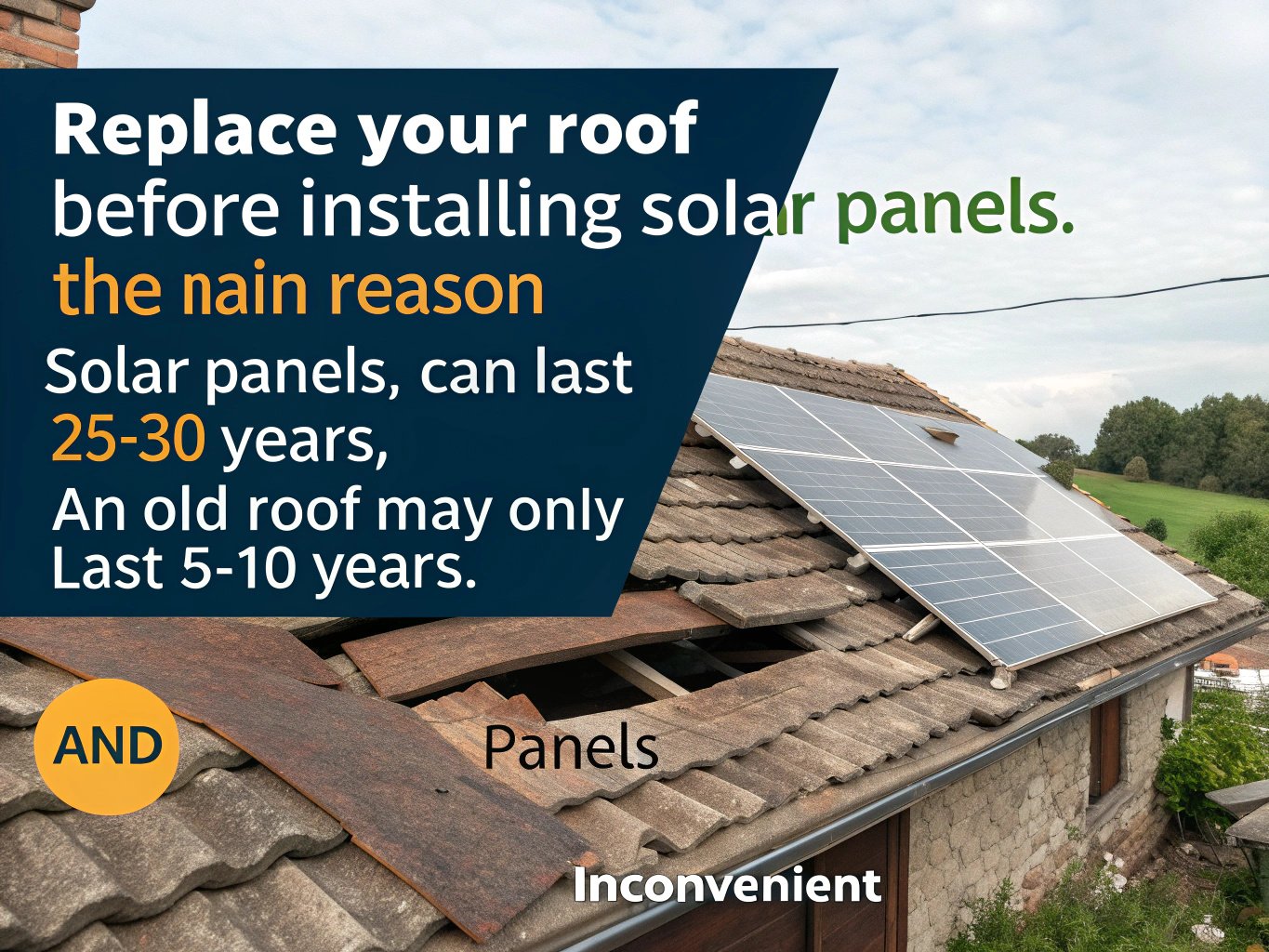
The main reason you might need to replace your roof before installing solar panels is because of the lifespan of both the roof and the panels. Solar panels can last 25-30 years, but if your roof is already old or damaged, it may only last another 5-10 years. Replacing your roof after solar panels are installed means you will have to remove the panels, which could be expensive and inconvenient. By replacing the roof beforehand, you ensure a smooth installation process and avoid the added cost of panel removal and reinstallation later on.
How Long Should Your Roof Last Before Installing Solar Panels?

In general, it's recommended that your roof have at least 10-15 years of remaining life before installing solar panels. This is because the average lifespan of a roof is between 20 to 30 years, and if your roof is nearing the end of its lifespan, it might not be worth investing in solar panels just yet. If you're planning to install solar panels and your roof is already old, it's a good idea to have it inspected. You might find that replacing the roof first can save you money in the long term.
Is Roof Replacement Expensive?
The cost of replacing your roof varies depending on your roof type, size, and location, but on average, it can range between $5,000 to $10,000. While this may seem like a hefty investment, it could save you money in the long run by avoiding the costs of panel removal and reinstallation. Additionally, many roofing companies offer financing options, and some solar installers may even help with roof replacement as part of a comprehensive package.
What to Look for When Inspecting Your Roof for Solar Panel Installation
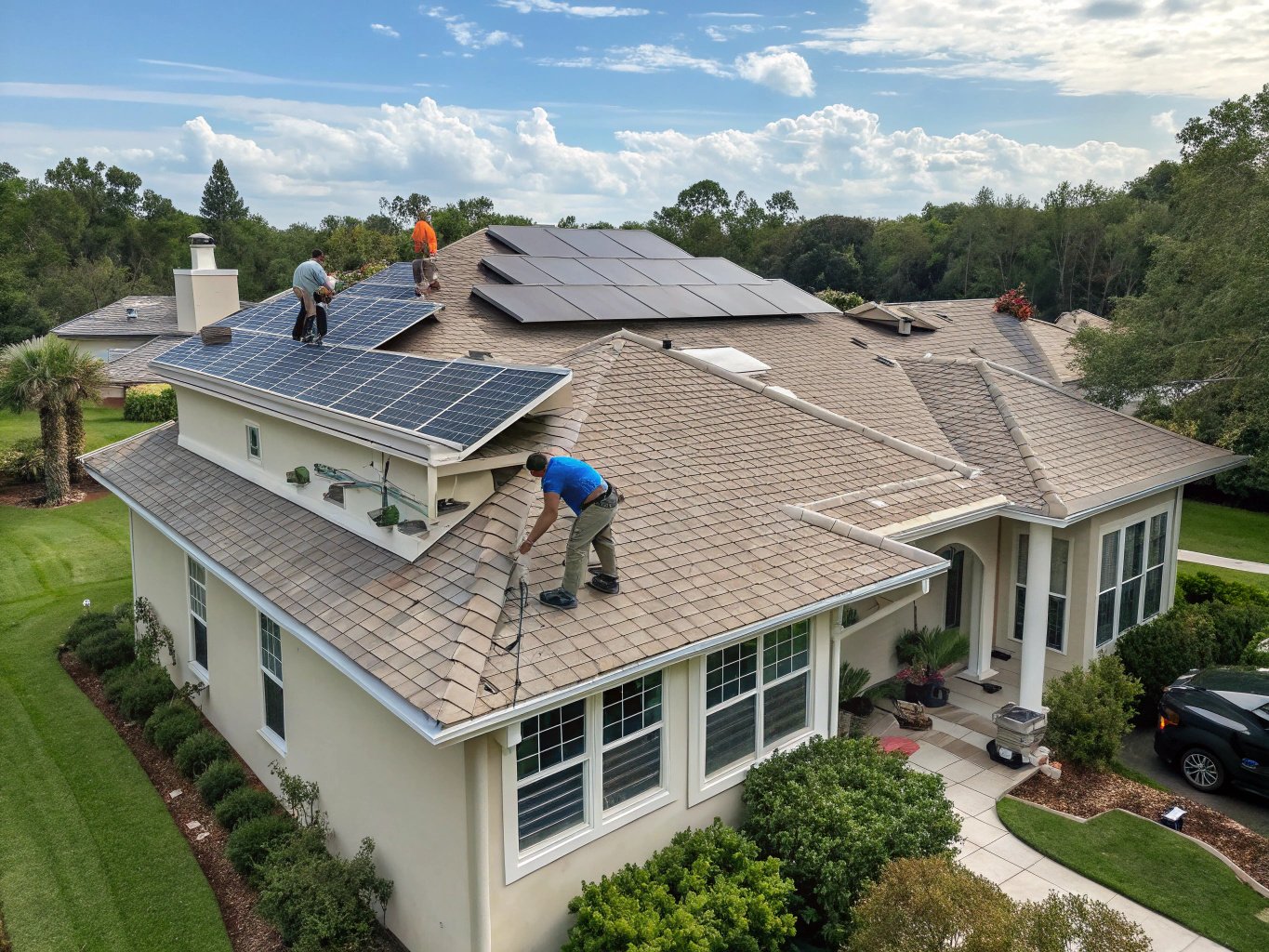
Before installing solar panels, it's essential to inspect your roof for any damage, such as leaks, broken shingles, or other structural issues. Here are a few key areas to focus on:
- Age of the Roof: As mentioned, roofs that are more than 10-15 years old may require replacement before solar installation.
- Shingles Condition: Missing or damaged shingles may need repair before proceeding with the solar panel installation.
- Structural Integrity: Ensure the roof is strong enough to support the weight of solar panels.
If any of these issues are present, it may be necessary to repair or replace the roof to ensure the solar panels are installed correctly and safely.
Can You Install Solar Panels Without Replacing Your Roof?
Yes, in some cases, you can install solar panels without replacing your roof. If your roof is relatively new and in good condition, and the inspection shows no significant damage, there’s no need to replace it. You can go ahead and install your solar panels. However, if your roof is old, damaged, or near the end of its lifespan, it’s highly recommended to replace it first. This ensures the panels have a solid, reliable base and prevents costly reinstallation in the future.
Conclusion: Should You Replace Your Roof Before Solar Panel Installation?
In conclusion, whether or not you should replace your roof before installing solar panels depends on the condition and age of your roof. If your roof is nearing the end of its lifespan, it’s wise to replace it before installing solar panels. This will save you money and hassle in the long run by preventing the need for costly panel removal and reinstallation. On the other hand, if your roof is relatively new and in good condition, you can install solar panels without worry. Always make sure to conduct a thorough roof inspection to make an informed decision.

